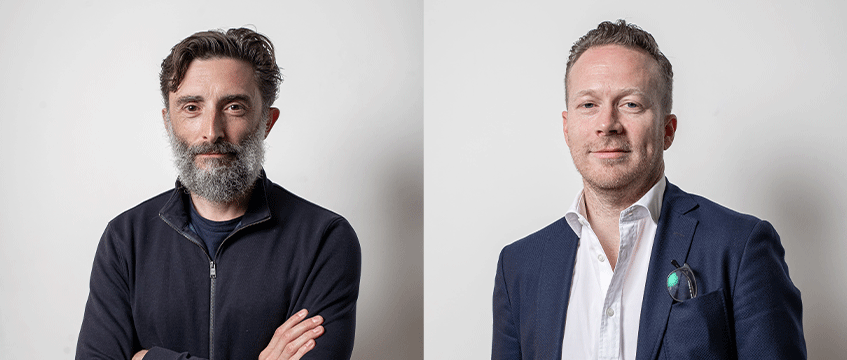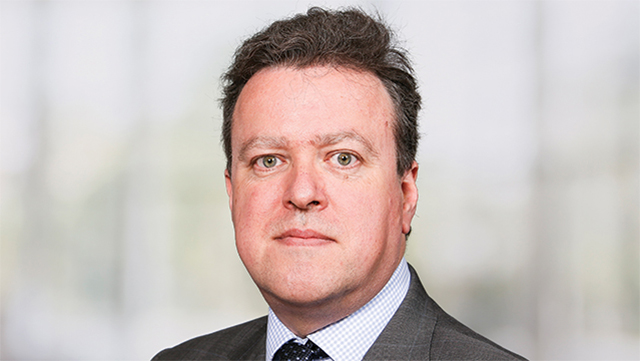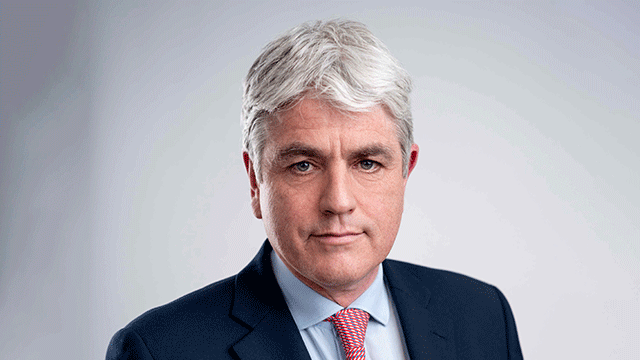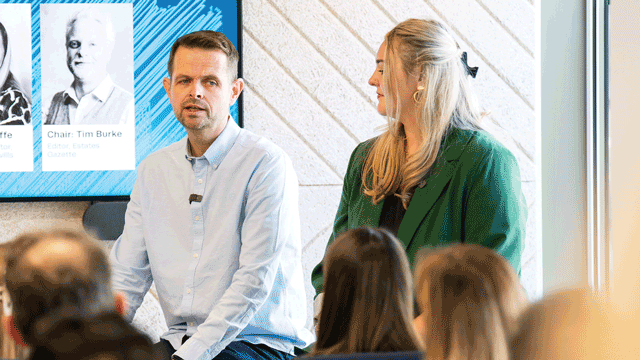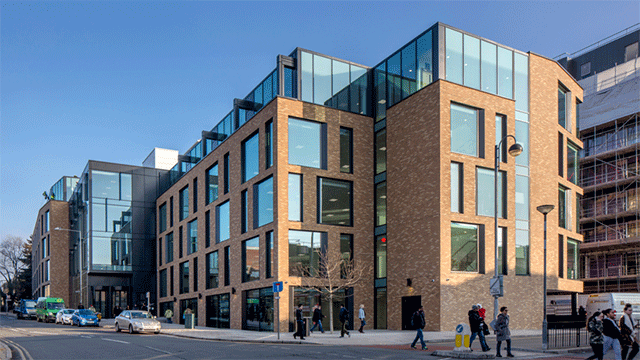Jeff Goldblum had it right in Jurassic Park, says William Murray, group director of strategy at placemaking consultancy Wordsearch Place.
Confronted with the idea of cloning dinosaurs for commercial gain, Goldblum’s character, Ian Malcolm, admonishes the team behind it. They hadn’t considered the implications and consequences. In the film’s defining line, Goldblum says: “Your scientists were so preoccupied with whether or not they could, they didn’t stop to think if they should.”
Anyone who attended EG’s autumn Tech Live event will have heard Murray argue on stage that development, and the tech within it, has the same problem. He said, in no uncertain terms, that there is too much being built and developed because of what the real estate sector can do without enough thought being applied as to whether it should.
Wordsearch Place co-directors Murray and David Twohig, formerly chief development officer at Battersea Power Station, help developers figure out the vision for their sites to turn them into genuine places for communities. But they fear that the delivery of the bricks and mortar and incorporating tech into buildings and wider development is becoming an end goal in itself. And this, they say, is to the detriment of everything else.
“Successful cities were made when people came to a place to do something, and they built the buildings around them to do it,” says Murray. “What developers tend to do instead is go to a place, build some buildings, try to find people to fill them, and then wonder why the whole place doesn’t work.”
Wordsearch has spent two decades realigning developers’ priorities and has 140m sq ft of ongoing projects around the world, including Battersea Power Station. The placemaking arm, Wordsearch Place, was spun out of the business in early 2018.
“The thing that we’re trying to ram down developers’ throats is that people are the most important part of the place,” Murray says. “We don’t think about people when we make developments, and that has to change.”
The consultancy hosts workshops where developers design the vision that will guide the process before it starts: what do they want to achieve, who is it for, why will they go there and what will they do? “Too often, developments don’t set out that vision at the outset,” says Towhig.
That problem, they add, has become clear in places such as Toronto, where Alphabet’s Sidewalk Labs has fought an uphill battle for years to build its smart city concept. It recently came to an agreement with Waterfront Toronto, but only after conceding its sole developer role and limiting the site’s size. It came after a public outcry — and high-profile resignations among consultants on the scheme — over issues such as data privacy from residents who are wary of Google’s parent company and how it might use personal data.
“You could say there’s been a combination of Silicon Valley arrogance with Manhattan arrogance combined to go and tell Canadians how they should make a great city,” says Murray.
Back in Jurassic Park, when Goldblum’s character is confronted with the idea for the park, he says: “The lack of humility before nature that’s being displayed here staggers me.” It’s a similar issue with some developments, including in Toronto. “There are some great ideas,” says Twohig, who praises the Toronto project as “a good scheme”, but he explains that Sidewalk Labs’ best ideas are ones that aren’t “necessarily embedded in their tech experience”. They’re the ones purely dealing with placemaking in the area.
Murray says the Sidewalk Labs team, led by Dan Doctoroff, undoubtedly has an in-depth understanding of complex placemaking. But he warns that it’s crucial not to get so excited by aspects such as technology that there is a risk of forgetting the “human component”, including people’s wariness over their privacy and fears around their city being intimately analysed.
Vision adds value
Over-eagerness affects everyone, including himself, Murray admits. And while brainstorming sessions are fun, he says, they ultimately need focus and nuance. That’s part of the reason why Wordsearch has a culture director on its team. Jude Kelly was the artistic director at the Southbank Centre for 12 years and is a commentator on gender and inclusion. Her role helps shift the team’s perspectives away from the limits of a white, middle-class male mindset to consciously consider the experiences of wider communities.
Ultimately, if you get the process right and identify the vision, the community and its needs, you can add major value to a scheme, Twohig says. He points to the firm’s work at Battersea Power Station, where it set out the vision for the site and then planned the ground-floor space. “That first stage was 800 apartments and nothing more, and yet because of the ground floor’s 25 bars and restaurants and cafés, it brings in 2.5m people a year at the moment to what is effectively just a series of apartments.”
Focusing too much on getting the latest tech, for example, risks ignoring those fundamental questions around vision that lead to that kind of success.
As always, Goldblum says it best: “You stood on the shoulders of geniuses to accomplish something as fast as you could, and before you even knew what you had, you patented it, and packaged it… and now you’re selling it.”
This isn’t to say Wordsearch Place doesn’t appreciate tech. “Technology is really bringing the industry forward and allowing for better construction, better programmes, better management,” Twohig says. “But when the question is about the vision, technology rarely comes into that conversation. It’s not the core foundation of a better place in the community.”
Murray and Twohig don’t pretend to have an impeccable record themselves. The Wordsearch Place company profile proudly states that its experience is based on years of successes and failures. What’s surprising is how forthcoming Murray is about accepting criticism of one of the most high-profile developments he has worked on: Hudson Yards in New York.
“It’s a difficult one, because Hudson Yards is incredibly successful. It’s created an entire commercial district in one place,” he says. “But I would say from a human perspective, coming from a fine grain place, it’s been less successful.”
He says the vision for the scheme was “incredibly strong”: build something major that is “only of New York”.
“It was a proper mega-development, and every single thing at Hudson Yards backs up ‘mega-development’,” he says. However, he says the development process was a muddle, with little clarity on whom it should target and what industries it wanted there.
Rather than sorting out a vision from the start, it took years of designing and redesigning to get to the end product, which has been criticised for lacking human scale. And although it has been a successful scheme on the whole, he says: “I’ve definitely learnt the idea of recognising the importance of having a clear vision and making sure you understand the implications of that vision.”
As critical as he is of the industry, Murray loves real estate. He gets excited about finding solutions and discovering the “wonderful components” of different projects around the world. And he plays favourites with his projects: “I get very excited about the problem I’m working on, and I have a terrible habit of, the minute I’ve done, thinking, ‘Gone, whoosh, on to the next one.’”
Whatever that next project is, Murray says he has developed a love of asking developers uncomfortable questions, getting them to consider the importance of every detail in their scheme for their target market. You could do something, but should you do it, Murray might ask — just like Jeff Goldblum.







